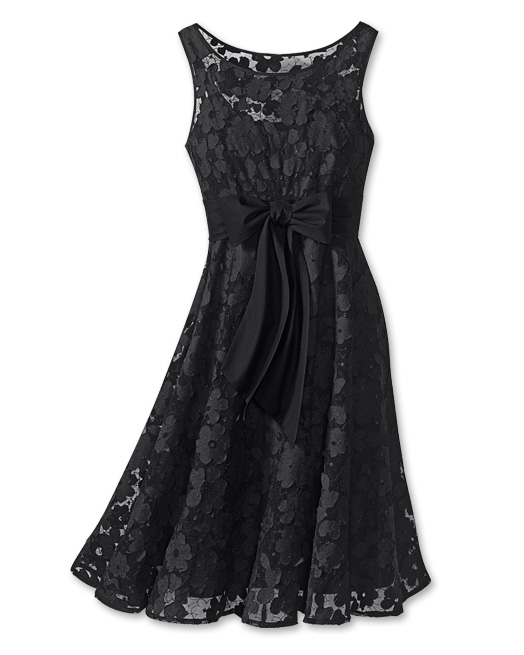Lace Dresses Biography
Source(google.com.pk)
Season after season, lace features on catwalks from New York to Paris. White crochet lace rules in summer, while in winter, red and black lace party dresses get us into the Christmas spirit.
Lace is a delicate fabric made of yarn or thread in an open weblike pattern, made by machine or by hand.
Originally linen, silk, gold, or silver threads were used. Now lace is often made with cotton thread, although linen and silk threads are still available. Manufactured lace may be made of synthetic fiber. A few modern artists make lace with a fine copper or silver wire instead of thread. A totally different scale are the architectural lace fences by Dutch designers.
Etymology:
The word lace is from Middle English, from Old French las, noose, string, from Vulgar Latin *laceum, from Latin laqueus, noose; probably akin to lacere, to entice or ensnare.
Types:
There are many types of lace, classified by how they are made. These include:
Needle lace, such as Venetian Gros Point, is made using a needle and thread. This is the most flexible of the lace-making arts. While some types can be made more quickly than the finest of bobbin laces, others are very time-consuming. Some purists regard needle lace as the height of lace-making. The finest antique needle laces were made from a very fine thread that is not manufactured today.
Cutwork, or whitework, is lace constructed by removing threads from a woven background, and the remaining threads wrapped or filled with embroidery.
Bobbin lace, as the name suggests, is made with bobbins and a pillow. The bobbins, turned from wood, bone, or plastic, hold threads which are woven together and held in place with pins stuck in the pattern on the pillow. The pillow contains straw, preferably oat straw or other materials such as sawdust, insulation styrofoam, or ethafoam. Also known as Bone-lace. Chantilly lace is a type of bobbin lace.
Tape lace makes the tape in the lace as it is worked, or uses a machine- or hand-made textile strip formed into a design, then joined and embellished with needle or bobbin lace.
Knotted lace includes macramé and tatting. Tatted lace is made with a shuttle or a tatting needle.
Crocheted lace includes Irish crochet, pineapple crochet, and filet crochet.
Knitted lace includes Shetland lace, such as the "wedding ring shawl", a lace shawl so fine that it can be pulled through a wedding ring.
Machine-made lace is any style of lace created or replicated using mechanical means.
Chemical lace: the stitching area is stitched with embroidery threads that form a continuous motif. Afterwards, the stitching areas are removed and only the embroidery remains. The stitching ground is made of a water-soluble or non-heat-resistant material.
History:
The origin of lace is disputed by historians. An Italian claim is a will of 1493 by the Milanese Sforza family. A Flemish claim is lace on the alb of a worshiping priest in a painting about 1485 by Hans Memling. But since lace evolved from other techniques, it is impossible to say that it originated in any one place. The late 1500s century marked the rapid development of lace, both needle lace and bobbin lace became dominant in both fashion as well as home décor. For enhancing the beauty of collars and cuffs, needle lace was embroidered with loops and picots.
Lace was used by clergy of the early Catholic Church as part of vestments in religious ceremonies but did not come into widespread use until the 16th century in the northwestern part of the European continent. The popularity of lace increased rapidly and the cottage industry of lace making spread throughout Europe. In North America in the 19th century, missionaries spread the knowledge of lace making to the Native American tribes. St. John Francis Regis helped many country girls stay away from the cities by establishing them in the lace making and embroidery trade, which is why he became the Patron Saint of lace making.
The English diarist Samuel Pepys often wrote about the lace used for his, his wife's, and his acquaintances' clothing, and on May 10, 1669, noted that he intended to remove the gold lace from the sleeves of his coat "as it is fit [he] should", possibly in order to avoid charges of ostentatious living.










No comments:
Post a Comment